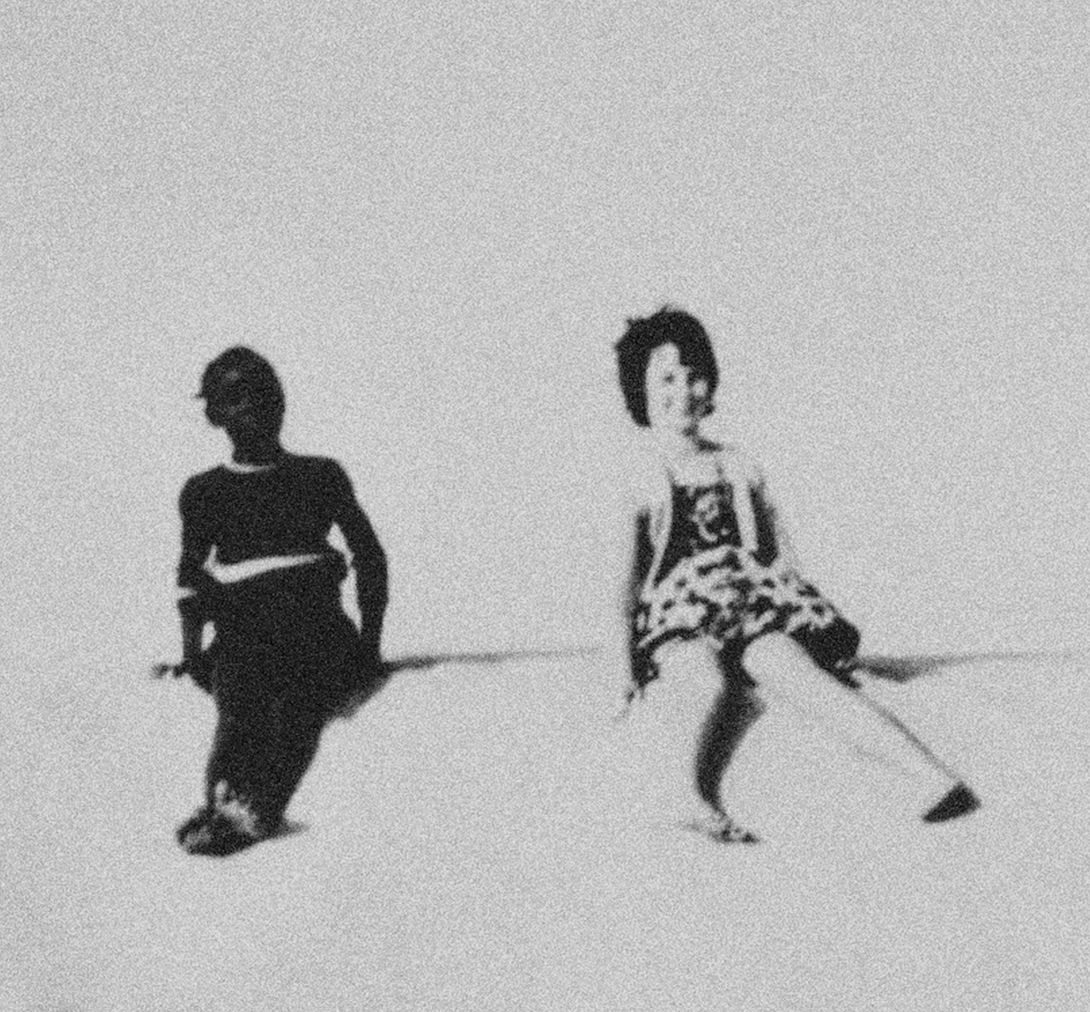Rooted in understanding the norms that emerged with colonialism, Euro-American centrism, forced acculturation, and capitalism, the course, The (Ultimate) Norm and Its Relation to Colour Balance, Image Technologies and Cognitive Equity, opens a space to investigate the political, economic, cultural, social, and technological aspects of photography and film. Moreover, it inquiries into the processes of implementing and developing ‘technical standards’ by engaging with the broad historical and global context of photography and film.
Students will begin by closely reading Lorna Roth's essay, “Looking at Shirley, the Ultimate Norm: Colour Balance, Image Technologies, and Cognitive Equity” (2009). The essay reflects on the Shirley Card, a reference card that indexes the complex processes and transformations of colour in photography and film, and the technological and social relations that form them. Continuing with the course materials as a guide, students will develop their own investigative processes that reflect on the entanglements between film, photography, and the technological unconscious (Vaccari, 1981). By critically engaging with standards and norms in film and photography, analysing concepts like cognitive equity (Roth, 2009) and dysconscious racism (King, 2011), students will follow material relations by critically watching films, learning how to build their own working format, and developing their work throughout the semester.
While each of the processes will differ in the ways that they unfold, each investigation should be undertaken with the drive to “unlearn the origins of photography as framed by those who have crowned its inventors and other private and state entrepreneurs, as well as [photography's] association with a technology that can be reduced to discrete devices held by individual operators” (Azoulay, 2018).
In groups, students will use the initial research questions to develop projects, for example, as a constructed iteration, video or moving images, photography, or installations. Students will propose a format and layout to exhibit the works at the Annenstrasse 53 Gallery. The course convenors will make selections of student works that will be exhibited throughout, at the end, and even after the semester.
Finally, the course will include various formats of thinking, discussion, feedback, and making, which will expand on collaborative processes of knowledge production. The development of the work is based on the student investigation and group activity, engagement with the course materials and research processes, analyses of the topics, and their translation into media. Each group should decide on how to operate for the duration of the semester. This will include developing a strategy to cover all the course materials. Each group is responsible for initiating an engaged work process, and the role of the course convenors is to guide the student investigation, analysis, and production.
